 |
| Brant, Winsor Dam, Quabbin Park, MA, Oct 19, 2014 |
 |
| Brant, Winsor Dam, Quabbin Park, MA, Oct 19, 2014 |
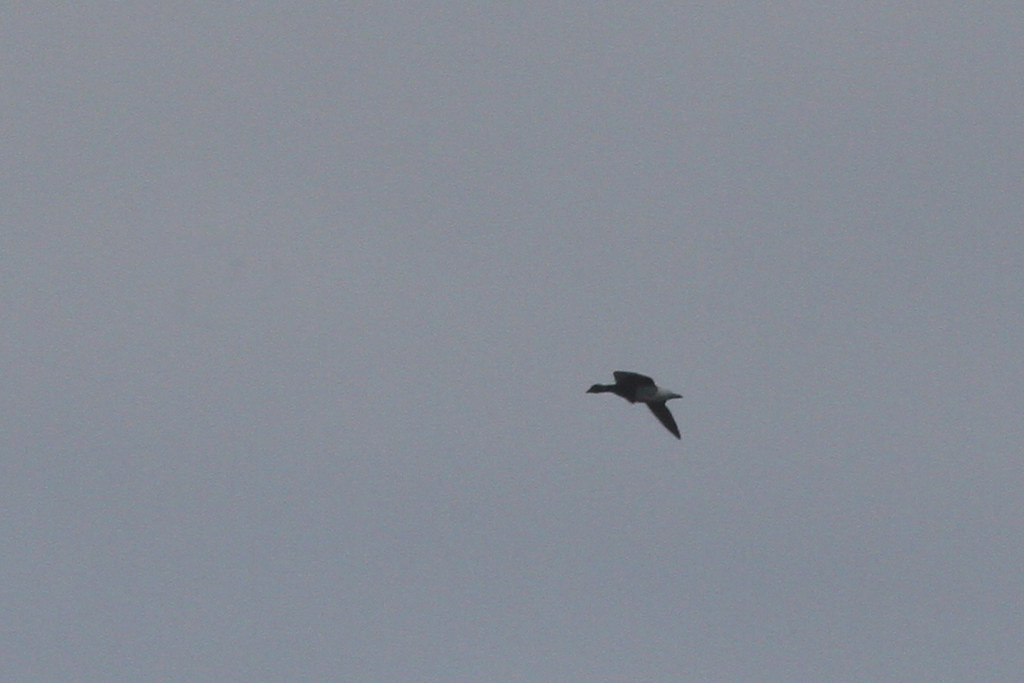 |
| Brant, Winsor Dam, Quabbin Park, MA, Oct 19, 2014 |
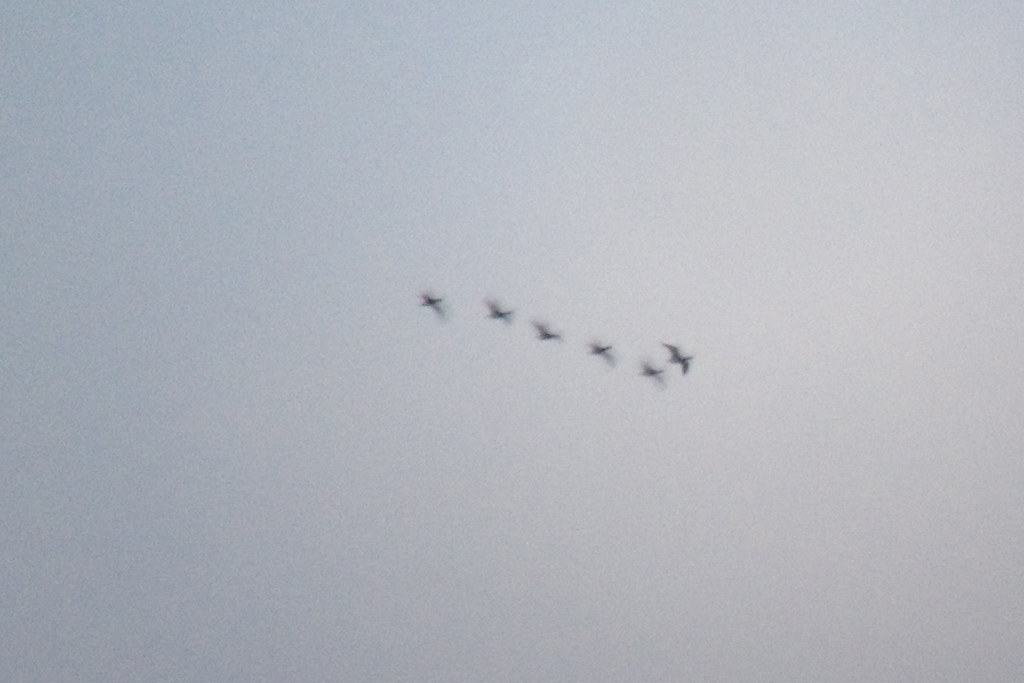 |
| Brant (group of six moving southeast), Winsor Dam, Quabbin Park, MA, Oct 19, 2014 |
 |
| Brant (group of 18 moving southeast), Winsor Dam, Quabbin Park, MA, Oct 19, 2014 |
 |
| Mute Swan, Winsor Dam, Quabbin Park, MA, Oct 19, 2014 |
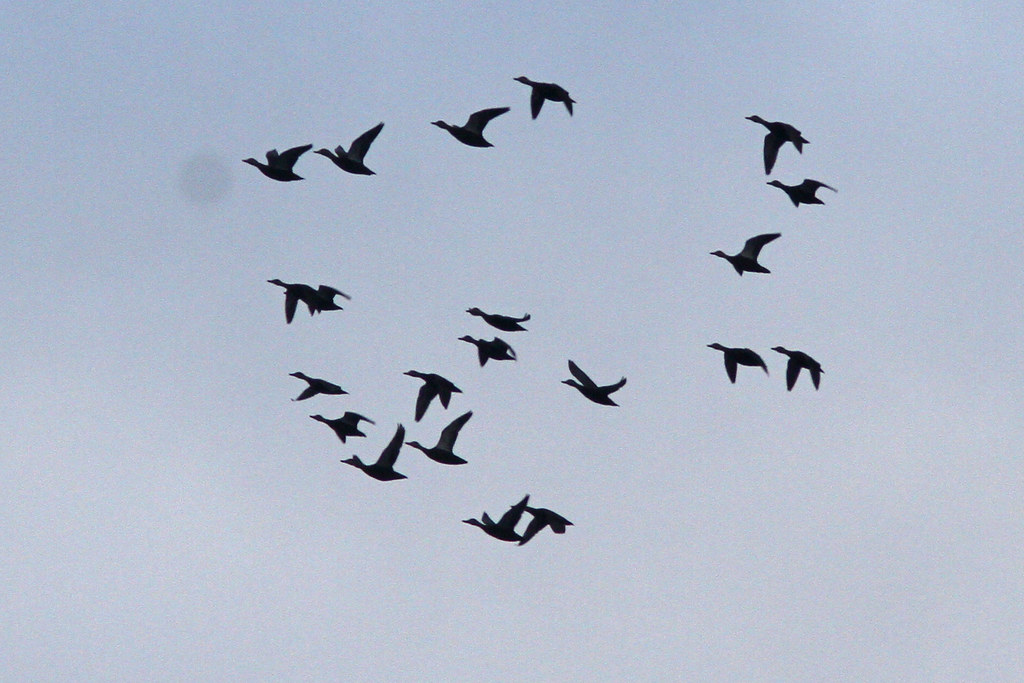 |
| Black Ducks, Winsor Dam, Quabbin Park, MA, Oct 19, 2014 |
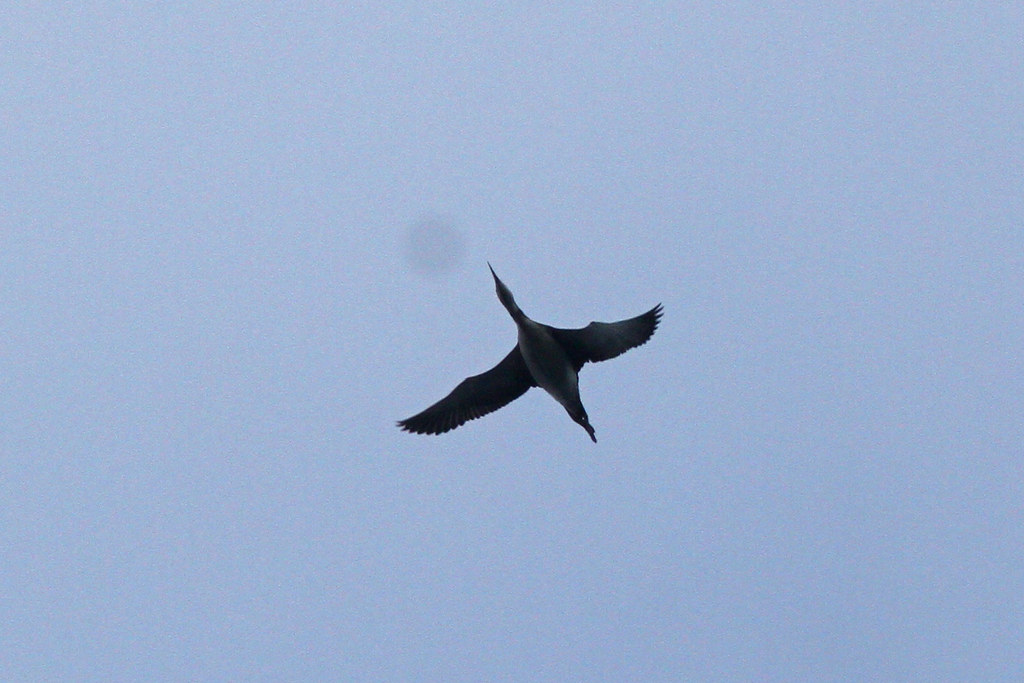 |
| Common Loon, Winsor Dam, Quabbin Park, MA, Oct 19, 2014 |
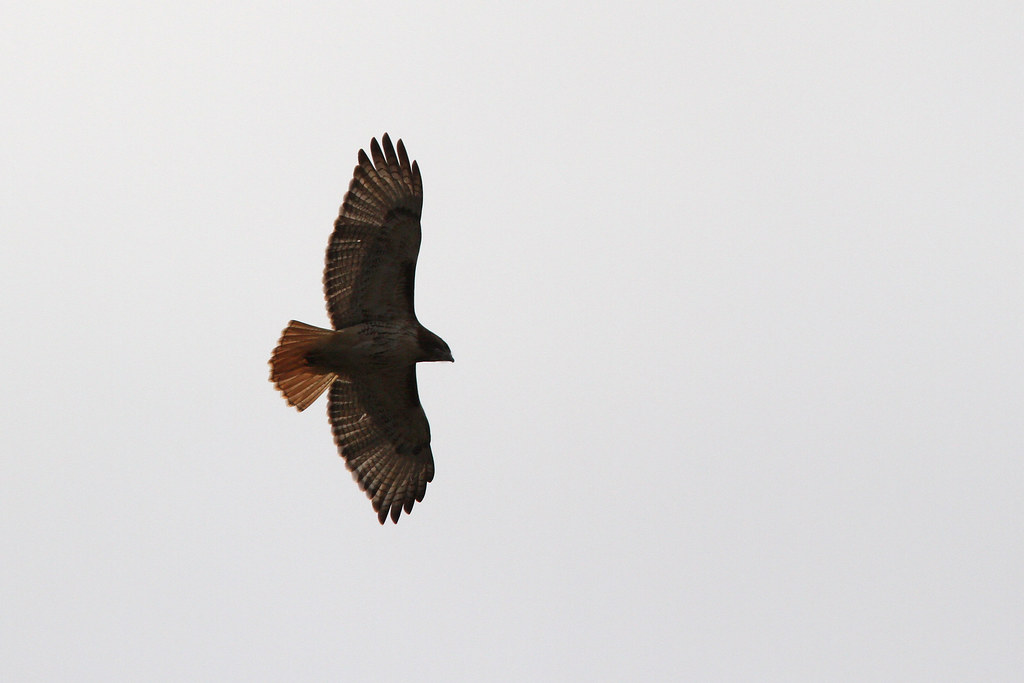 |
| Red tailed Hawk, Winsor Dam, Quabbin Park, MA, Oct 19, 2014 |
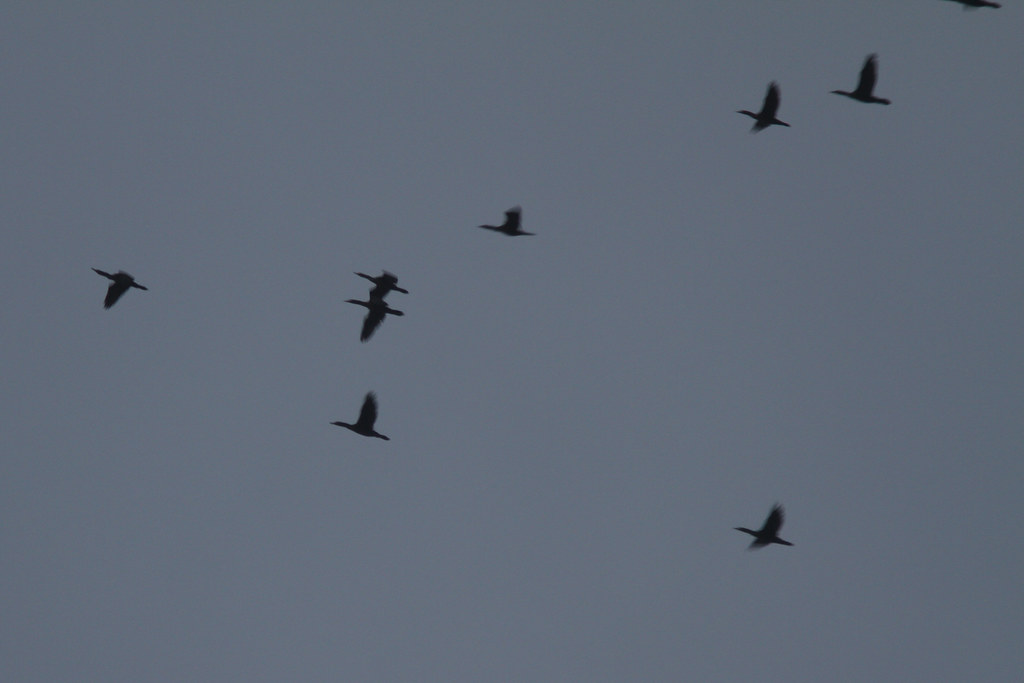 |
| Double crested Cormorants, Winsor Dam, Quabbin Park, MA, Oct 19, 2014 |
 |
| Winsor Dam, Quabbin Park, MA, Oct 19, 2014 |
Winsor Dam
Brant 19 Rare inland, initially saw group of six which joined with group of 12 all heading southwest around 7:10. A single bird flew around and around between for 15 minutes well out from the dam, briefly landing on water.
Canada Goose 131 small groups heading south and west
Mute Swan 2 Adult and juv
American Black Duck 68 Minimum count
Mallard 23
Surf Scoter 5
White-winged Scoter 2
Black Scoter 1
Long-tailed Duck 5 group together way out on water
Common Merganser 1 flying northeast with five black ducks
duck sp. 47 35 flying south extremely high, 12 way out on water
Common Loon 3
Double-crested Cormorant 9
Great Blue Heron 4 Three together moving south plus a single moving south
Turkey Vulture 1
Osprey 1
Sharp-shinned Hawk 2
Cooper's Hawk 4
Accipiter sp. 2
Bald Eagle 8 Minimum
Red-tailed Hawk 4
Ring-billed Gull 155+
Herring Gull 7
gull sp. 35 too far out to ID
Belted Kingfisher 1
Red-bellied Woodpecker 2
Peregrine Falcon 2
Blue Jay 24
American Crow 21
Common Raven 2
American Robin 2
Yellow-rumped Warbler (Myrtle) 3
Chipping Sparrow 2
Song Sparrow 3
White-throated Sparrow 1
Dark-eyed Junco (Slate-colored) 2
Northern Cardinal 2
Pine Siskin 34 Couple of groups moving south
passerine sp. 15
Canada Goose 131 small groups heading south and west
Mute Swan 2 Adult and juv
American Black Duck 68 Minimum count
Mallard 23
Surf Scoter 5
White-winged Scoter 2
Black Scoter 1
Long-tailed Duck 5 group together way out on water
Common Merganser 1 flying northeast with five black ducks
duck sp. 47 35 flying south extremely high, 12 way out on water
Common Loon 3
Double-crested Cormorant 9
Great Blue Heron 4 Three together moving south plus a single moving south
Turkey Vulture 1
Osprey 1
Sharp-shinned Hawk 2
Cooper's Hawk 4
Accipiter sp. 2
Bald Eagle 8 Minimum
Red-tailed Hawk 4
Ring-billed Gull 155+
Herring Gull 7
gull sp. 35 too far out to ID
Belted Kingfisher 1
Red-bellied Woodpecker 2
Peregrine Falcon 2
Blue Jay 24
American Crow 21
Common Raven 2
American Robin 2
Yellow-rumped Warbler (Myrtle) 3
Chipping Sparrow 2
Song Sparrow 3
White-throated Sparrow 1
Dark-eyed Junco (Slate-colored) 2
Northern Cardinal 2
Pine Siskin 34 Couple of groups moving south
passerine sp. 15
After tomorrow the forecast turns rainy which could result in some waterfowl (and others) being forced down but the exact timing remains to be seen. It could well be worth checking bodies of water and fields to see what is around. A great spot to check out the forecast for migrants is at Birdcast: http://birdcast.info/
Another weather event that has a long shot of impacting birding here is a set up that could funnel birds from Europe over to North America...certainly more potential at the coast but you never know. Here is a quote about it from the Birdcast web site:
North Atlantic Oscillation Side Bar
In the past Octobers since the start of the BirdCast project, the team has discussed the promise of European vagrants appearing in North America a number of times (see this original posting from 2012 and the posting about Sandy that spawned it). Now, finding ourselves in the midst of October and surfing the inter web for potentially interesting meteorological tidbits, we find the past and coming weeks having two rather substantial low pressure systems (including the remains of Hurricane Gonzalo) moving across the Atlantic. Winds are forecast to be rather strong and from the east to the north of these systems as they spin way toward Europe, creating the potential bridge between the Palaearctic and Nearctic migration systems that may bring European visitors. Furthermore, the time is right for high pressure to establish itself over the North Atlantic, the so-called Greenland High, a rex block in the North Atlantic, or the “negative phase” of the North Atlantic Oscillation. Will someone in Northeastern North America be the lucky person to find a Yellow-browed Warbler, a bumper crop of which has appeared in Iceland already this October?
No comments:
Post a Comment